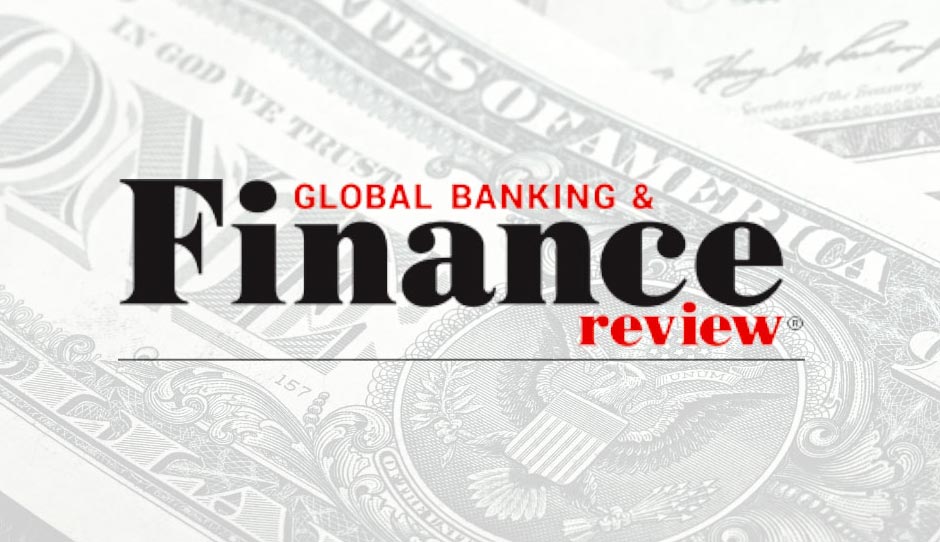Trading
10 advantages of Forex Options Trading

If you’re an investor seeking to enhance your portfolio, the information below can offer you with the required assistance.
Forex Options/ currency Options Trading offers you with hedging your risks and yields high returns. When you purchase an Option (Call/Put), you are then allowed to purchase the underlying security at a set price known as ‘Strike Price’.
Once you’ve the Strike Price, you need to observe the actual market price of the underlying security. Once the actual market price is more than the Strike Price, you can buy that security again at Strike Price and sell it at the market price, and thus earn profit. Remember, the option/ contract that you buy or sell has an expiration date which needs to be taken into account while being bought or sold.
Advantages of Forex Options Trading
- You can delve into the forex market with minimal losses once you invest in Forex Options.
- This form of trading coalesce Forex market with Options Trading.
- As the controlling element in this market is currency, it is considered to be the most liquid in the world, which means more influx of cash.
- Forex market spreads across borders and nations. Hence investors get to choose from a wide range of investment options.
- Unlike other investments, once can start investing in Forex market with a couple of dollars.
- The Forex market operates 24 hours a day, 6 days a week. Hence less wait-time for trading.
- The Forex market is held strong due to the presence of electronic media and thus doesn’t need any physical location.
- Hedging of funds and securities in Forex trading offers to reduce the substantial risks involved and minimizes losses.
- The investors can refer to this market as ‘Bull market’ as it shows an upward trend at all times.
- The larger the market, the lesser the number of manipulations. This fact holds strong in case of Forex market as it is spread on a global scale.

-
Top Stories4 days ago
Dollar jumps, yen weakest since 1990 after strong U.S. retail sales
-
Business4 days ago
How Businesses Can Enhance Employee Work-Life Balance and Well-Being
-
Business3 days ago
docStribute appoints ex-Group CIO of Newcastle Building Society as Non-Executive Director
-
Technology3 days ago
How to Use AI to Optimize Customer Relationships







